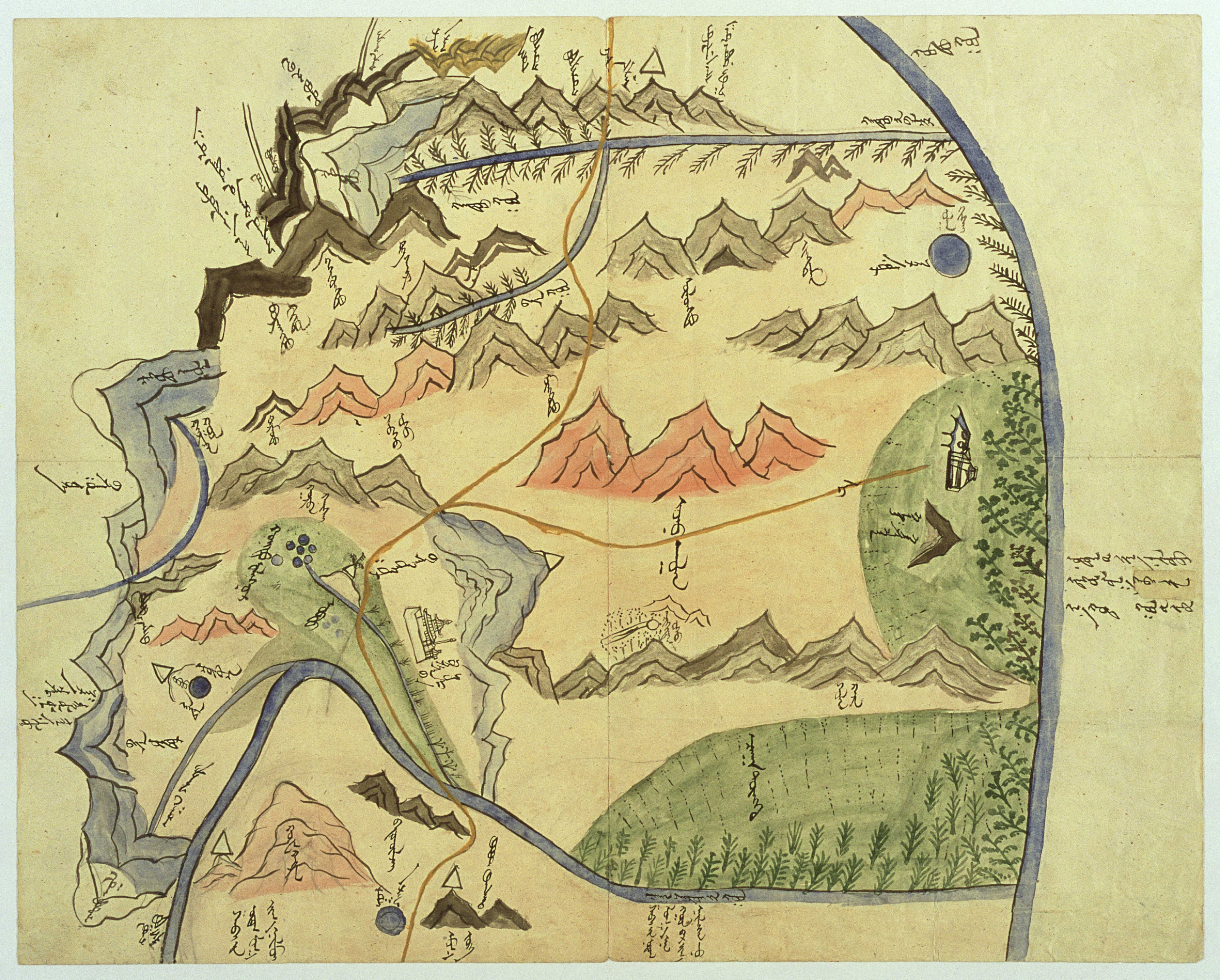|
Urianhai
Uriankhai ( traditional Mongolian: , Mongolian Cyrillic: урианхай; sah, урааҥхай; zh, t=烏梁海, s=乌梁海, p=Wūliánghǎi), Uriankhan (, урианхан) or Uriankhat (, урианхад), is a term of address applied by the Mongols to a group of forest peoples of the North, who include the Turkic-speaking Tuvans and Yakuts, while sometimes it is also applied to the Mongolian-speaking Altai Uriankhai. The Uriankhai included the western forest Uriankhai tribe and the transbaikal Uriankhai tribe, with the former recorded in Chinese sources as 兀良哈 (pinyin: ''Wùliánghā''). History The name "Uriankhai' means "uria" (motto, war motto) and khan (lord) in Mongolian. The Mongols applied the name to all the forest peoples and, later, to Tuvans. They were classified by the Mongols as Darligin Mongols. At the beginning of the Mongol Empire (1206-1368), the Uriankhai were located in central Mongolia. In 13th century Yuan China, Rashid-al-Din Hamadan ... [...More Info...] [...Related Items...] OR: [Wikipedia] [Google] [Baidu] |
Altai Uriankhai
The Altai Uriankhai (Mongolian Cyrillic: , ; ) refers to a Mongol tribe around the Altai Mountains that was organized by the Qing dynasty. They now form a subgroup in western Mongolia and eastern Xinjiang. The Uriyangkhai or Uriankhai people first appeared in the 7th century as one of the people in Mongolia (Legend of the Erkune kun). The Mongolian term ''Uriankhai'' (''Uriyangkhai'') had been applied to all Samoyed, Turkic or Mongol people to the north-west of Mongolia in the 17th century. The Uriyangkhai in this sense were first subjugated by the Khotgoid Khalkha and then by the Dzungars. In the mid 14th century, they lived in Liaoyang province of modern China. After the rebellion of the northern Uriankhai people, they were conquered by Dayan Khan in 1538 and mostly annexed by the northern Khalkha. Second group of Uriankhai (Uriankhai of the Khentii Mountains) lived in central Mongolia and they started moving to the Altai Mountains in beginning 16th century.A.Ochir, Ts. ... [...More Info...] [...Related Items...] OR: [Wikipedia] [Google] [Baidu] |
Oirat Language
Oirat (Clear script: , , ; Kalmyk: , ; Khalkha Mongolian: , ) is a Mongolic language spoken by the descendants of Oirat Mongols, now forming parts of Mongols in China, Kalmyks in Russia and Mongolians. Largely mutually intelligible to other core Central Mongolic languages, scholars differ as to whether they regard Oirat as a distinct language or a major dialect of the Mongolian language. Oirat-speaking areas are scattered across the far west of Mongolia, the northwest of ChinaSečenbaγatur et al. 2005: 396-398 and Russia's Caspian coast, where its major variety is Kalmyk. In China, it is spoken mainly in Xinjiang, but also among the '' Deed Mongol'' of Qinghai and Subei County in Gansu. In all three countries, Oirat has become variously endangered or even obsolescent as a direct result of government actions or as a consequence of social and economic policies. Its most widespread tribal dialect, which is spoken in all of these nations, is Torgut.Svantesson et al. 2005: 148 The ... [...More Info...] [...Related Items...] OR: [Wikipedia] [Google] [Baidu] |
Khan (title)
Khan ''khan/qan''; tr, han; Azerbaijani: ''xan''; Ottoman: ''han''; Old Turkic: ''kan''; Chinese: 汗 ''hán''; Goguryeo: 皆 ''key''; Buyeo: 加 ''ka''; Silla: 干 ''kan''; Gaya: 旱 ''kan''; Baekje: 瑕 ''ke''; Manchu: ; Persian: خان; Punjabi: ਖ਼ਾਨ; Hindustani: ख़ान or ख़ां (Devanagari), or (Nastaleeq); Balochi: خان; Bulgarian: хан, ''khan''; Chuvash: хун, ''hun''; Arabic: خان; bn, খান or ) () is a historic Turko-Mongol title originating among nomadic tribes in the Central and Eastern Eurasian Steppe to refer to a chief or ruler. It first appears among the Rouran and then the Göktürks as a variant of khagan (sovereign, emperor) and implied a subordinate ruler. In the Seljuk Empire, it was the highest noble title, ranking above malik (king) and emir (prince). In the Mongol Empire it signified the ruler of a horde (''ulus''), while the ruler of all the Mongols was the khagan or great khan. The title subsequently de ... [...More Info...] [...Related Items...] OR: [Wikipedia] [Google] [Baidu] |
Ming Campaign Against The Uriankhai
The Ming campaign against the Uriankhai, or the Battle of Jinshan (), was a 1387 offensive military expedition of the Ming dynasty's army led by General Feng Sheng against the Uriankhai horde of the Mongol chieftain Naghachu in Manchuria. It concluded with the surrender of the Uriankhai to the Ming. Background During the 1380s, the Mongol commander Naghachu had organized the many Mongol tribes of Manchuria into the Uriankhai. They frequently clashed with the Chinese along Ming China's northeastern frontier regions. Course In December 1386, the Hongwu Emperor ordered General Feng Sheng to lead an army of 200,000 soldiers against the Mongols. In early 1387, Feng Sheng was commissioned as the Grand General, assigned Fu Youde and Lan Yu to assist him, and raised a large army. The Hongwu Emperor drew the plans with the ultimate objective to conquer Jinshan. The Ming army comprised 200 thousand soldiers, including the 50,000 soldiers that garrisoned four fortresses. General Feng Sh ... [...More Info...] [...Related Items...] OR: [Wikipedia] [Google] [Baidu] |




